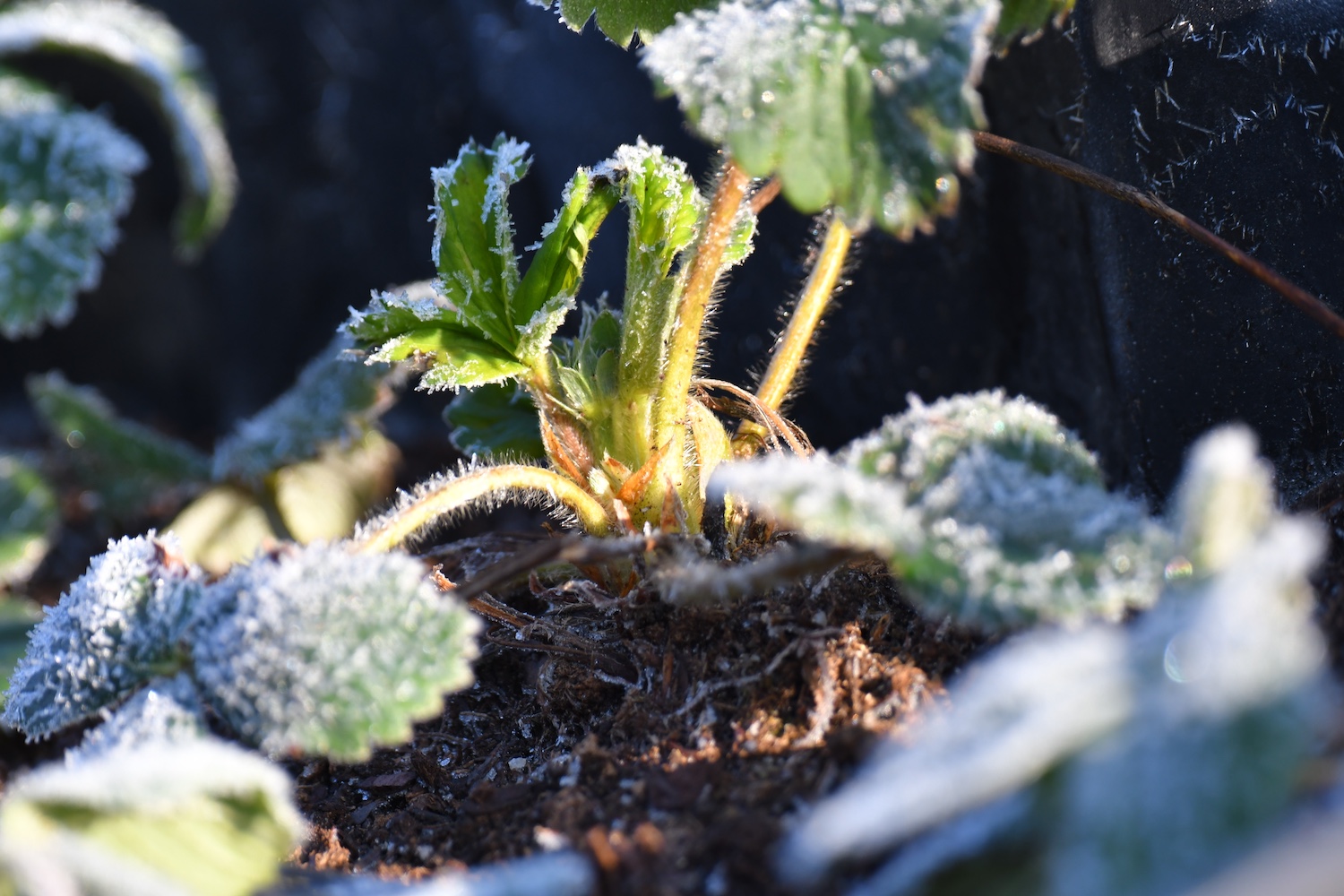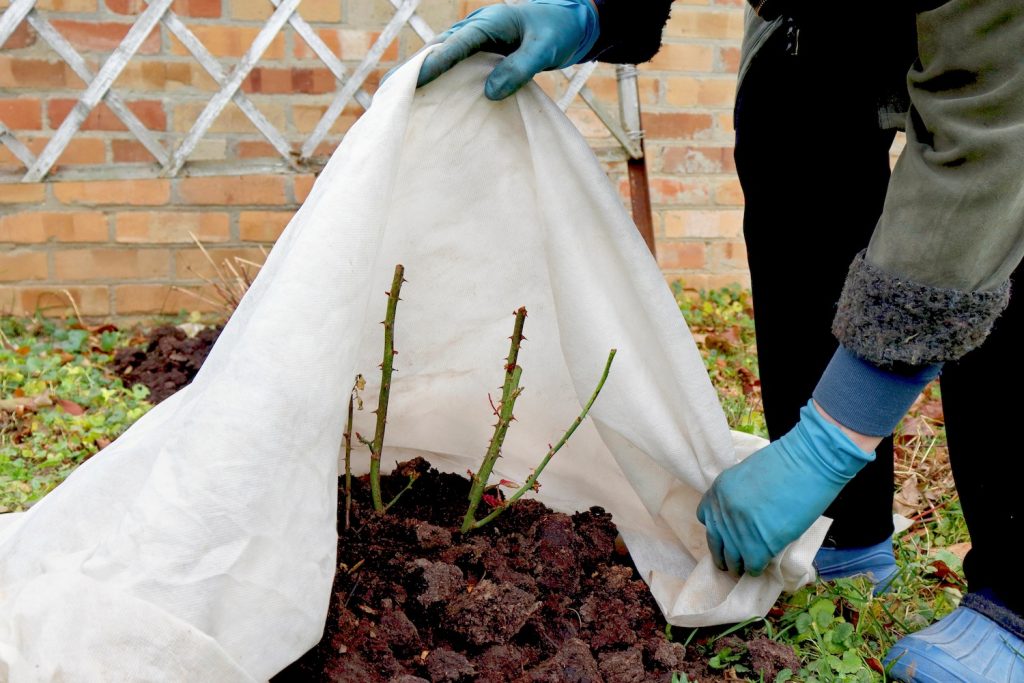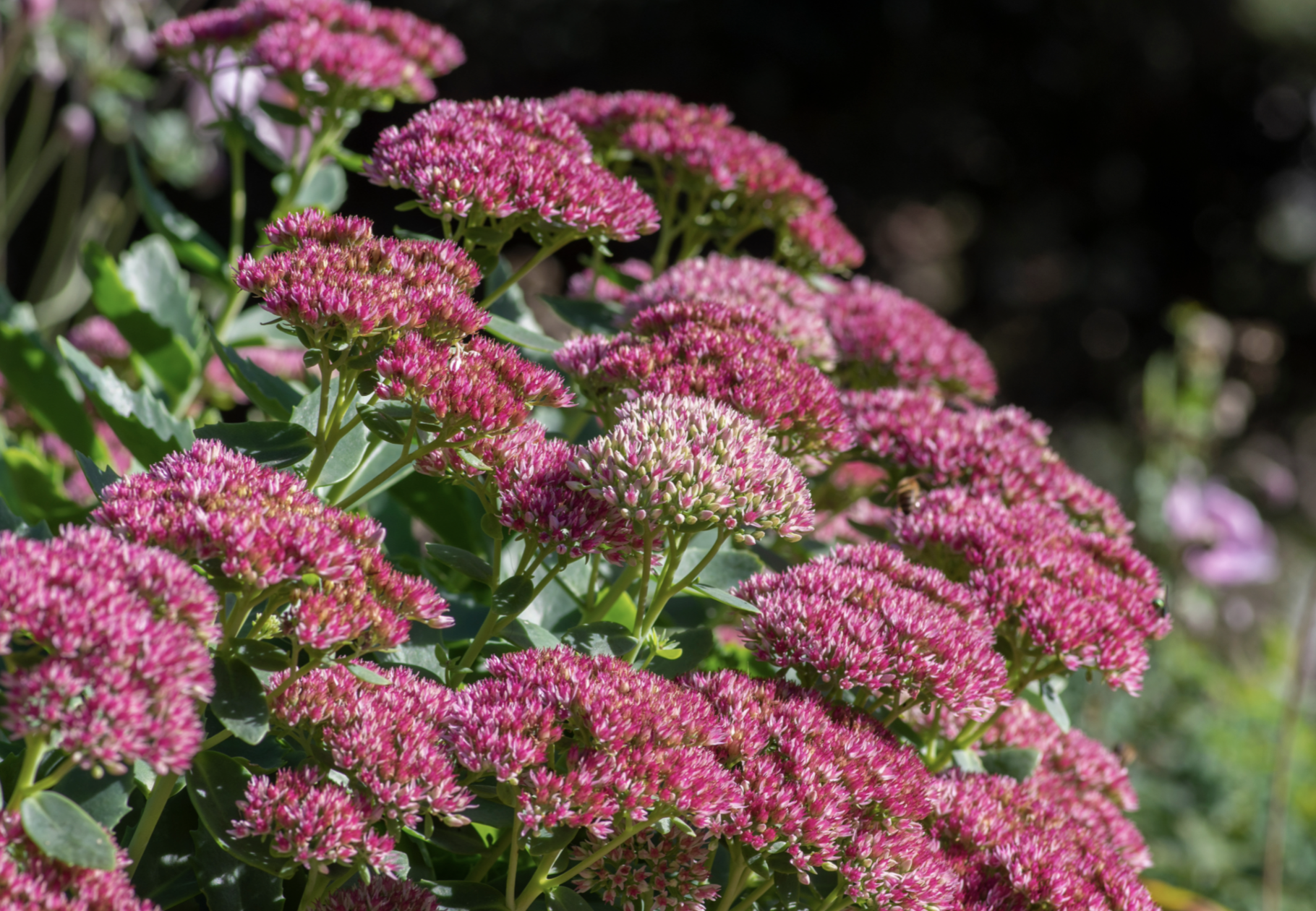
It’s time to prepare your garden for winter as the cold months approach and temperatures begin to drop. With some planning and a few simple tasks, you can protect your garden from cold temperatures. Here’s how you can prepare your garden for the winter freeze and ensure your plants stay healthy through the frost.
Yard Cleanup
Garden Preparation
Plant Protection
Preparing your garden for the winter freeze might take time and effort, but it’s well worth it. Winterizing your garden is key to keeping it strong and ready to flourish once the weather warms again. With proper care, you’ll be able to keep your plants in good shape, even throughout the coldest months.

Share
Related Posts



